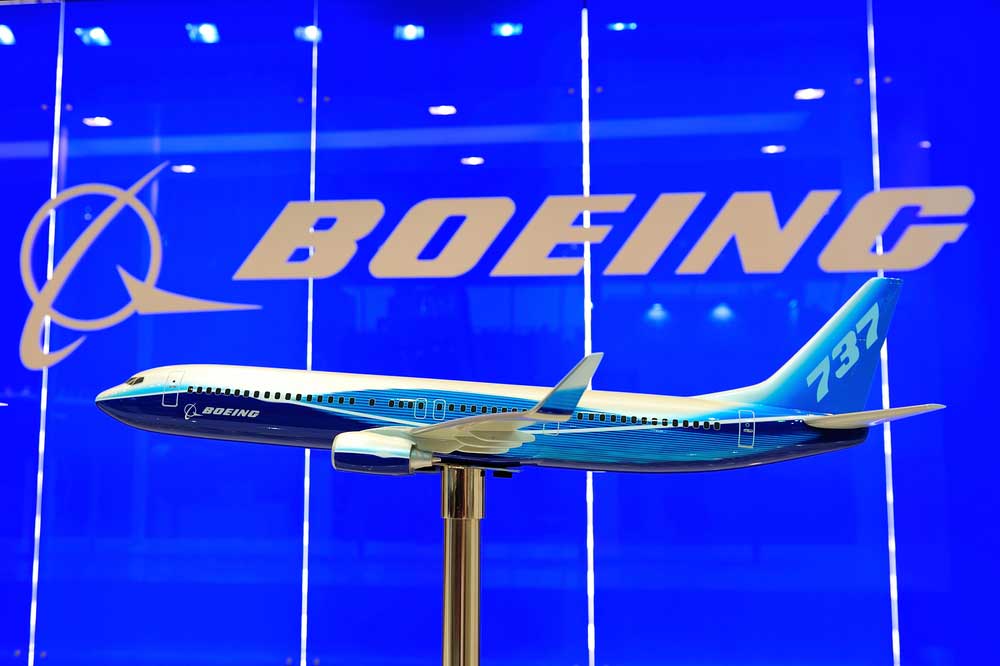Civil aviation regulator DGCA on Thursday said it was too early to take a call on the solution given by Boeing for the 737 MAX planes, which have been grounded globally following two fatal accidents in the past five months.
“Too early to say… we shall share the significant development once that happens,” a senior DGCA official told The Telegraph.
The official was responding to a query on whether the regulator was satisfied with the Boeing solution or whether it’ll carry out its own tests to validate the claims.
The US aircraft manufacturer has claimed to have developed a software patch for the 737s “through months of extensive testing”. But it did not state the reason to develop the patch.
It also didn’t speculate a timeline by which the changes might be certified, which would allow governments to lift the ban on the planes.
Boeing officials described three notable Maneuvering Characteristics Augmentation System (MCAS) tweaks for the 737 Max planes.
First, the upgraded MCAS will operate based on data from both the plane’s two angle-of-attack (AOA) sensors. It will collect data from both sensors all the time, and compare inputs from both.
“If those inputs vary by more than 5.5°, the system will inhibit MCAS and the entire speed trim function for the remainder of the flight,” a Boeing official said.
“That first level of protection… will keep MCAS from ever firing in the case of a single angle-of-attack error,” he added.
The current system relies on only one sensor at a time, though it alternates between the left- and right-side sensors.
Second, the upgrade will allow MCAS to activate — meaning to drop the aircraft’s nose — only once for each time it registers an unusually high angle of attack.
The system will then reset and will engage again only if the aircraft enters another “elevated angle of attack situation”, the official said.
“However, if for some reason, an angle-of-attack vane gets stuck in a high position, the system will detect the inconsistency between the two inputs and it would not operate a second time,” added the official.
“There are no known or envisioned failure conditions where MCAS would provide multiple inputs,” he said.
Finally, the company has tweaked MCAS so that it cannot command nose-down stabiliser movement to a degree to which a pilot pulling back on the control column cannot overcome, the company said.
“The control column will always be able to override the MCAS input with sufficient manoeuvring ability that the aircraft can still climb,” the official said.
Boeing has also updated computer-based “differences” training for pilots transferring from flying the 737NG to the 737 Max.











